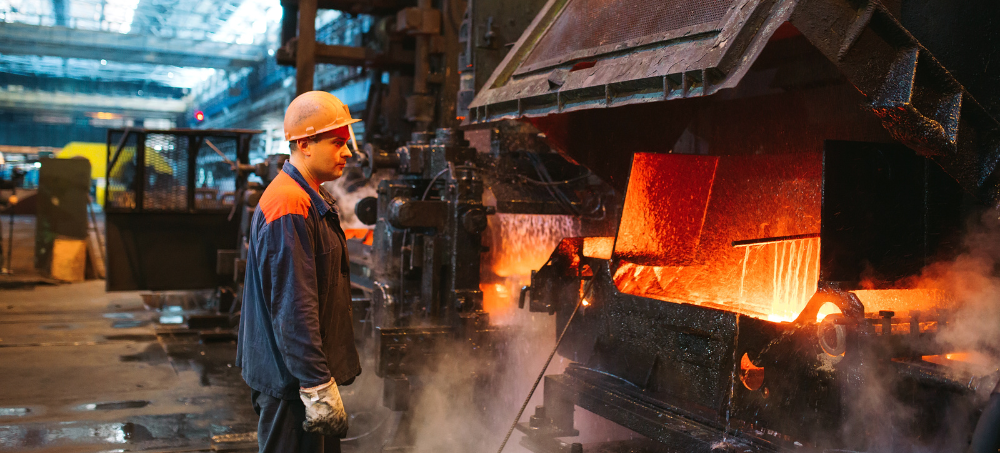Steel Manufacturing Case Study
Background
Objectives
- Identify gaps in the current OHS management system across the 11 safety pillars.
- Develop actionable recommendations to address identified gaps and improve overall safety performance.
- Ensure compliance with relevant OHS regulations and industry best practices.
Methodology
1. Initial Assessment and Data Collection
- Conducted site inspections, employee interviews, and document reviews to gather information on existing safety practices.
- Reviewed incident reports and safety records to identify trends and areas of concern.
2. Gap Analysis for Each Safety Pillar
- Confined Space: Assessed the adequacy of confined space entry procedures, training, and emergency response plans.
- Contractor Management: Evaluated contractor pre-qualification processes, safety training, and performance monitoring.
- Cranes and Lifting: Reviewed lifting equipment inspection records, operator training, and lifting procedures.
- Electrical Control Program: Examined electrical safety policies, lockout/tagout procedures, and employee training.
- Gas Hazards: Assessed gas detection systems, ventilation, and emergency response plans for gas leaks.
- Guarding: Evaluated machine guarding practices, risk assessments, and employee training on guarding.
- Lone Worker: Reviewed lone worker policies, communication systems, and emergency response procedures.
- Molten Metal: Assessed safety measures for handling molten metal, including PPE, training, and emergency response.
- PPE: Evaluated the adequacy and use of personal protective equipment across various tasks.
- Railway: Reviewed railway safety procedures, employee training, and incident response plans.
- Working at Heights: Assessed fall protection systems, training, and rescue plans for working at heights.
3. Development of Actionable Recommendations
- Created a detailed report outlining identified gaps and specific recommendations for each safety pillar.
- Prioritized recommendations based on risk severity and potential impact on employee safety.
4. Implementation and Training
- Assisted them in strategic and action plans for addressing the GAP’s identified in each of the 11 pillars.
- Conducted training sessions for keystakeholders, the OHS department and senior leadership on findings, strategic and action plan strategies and their roles within each.
Results
- Achieved significant improvements in safety practices across all 11 pillars.
- Reduced incident rates and improved employee adherence to safety protocols.
2. Improved Safety Culture
- Fostered a proactive safety culture through continuous training and engagement.
- Increased reporting of near-misses and potential hazards, leading to timely interventions.
3. Compliance and Recognition
- Ensured compliance with relevant OHS regulations and industry standards.
- Received positive feedback from regulatory bodies during safety inspections and audits.









